Toyota BZ4X Vs Subaru Solterra: Which SUV EV is Right for You?

Two of the latest all-electric SUVs to hit the market come from the same source.
The Toyota bZ4X and Subaru Solterra are co-designed between the two manufactures, which is readily apparent when the vehicles are parked side-by-side. Despite the obvious similarities, there are some differences in this Toyota bZ4X vs Subaru Solterra sibling rivalry. Below we break down the features, specifications, and capabilities to help you decide which of these EVs is the right fit for you.
Cabin Space
Toyota bZ4X: Inside the bZ4X there’s a total of 94.4 cubic feet of passenger space. Up front, with the sunroof installed, passengers receive 38.6 inches of head room while those in the back get 37.1 inches of cranium capacity. Legroom is on the high-side for front seat passengers at 42.1 inches, but those regulated to the rear seats have to make due with 35.3 inches. The gap in shoulder room for front and rear passengers is closer, with the front listed at 57.8 inches and the rear seat rated at 56.0 inches.
Subaru Solterra: Having the same basic structure means the interiors are near identical. The Solterra offers the same headroom as the bZ4X, which is 38.8 inches up front and 38.0 inches in the rear without the sunroof. Like wise shoulder room, legroom, and total passenger volume are identical.
Bottom Line: The two vehicles are dimensional identical inside, so it’s a wash for this category.
Toyota bZ4X vs Subaru Solterra: Powertrains
Toyota bZ4X: The Toyota bZ4X comes with either front- or all-wheel drive. The versions packing front wheel drive utilize a 150 kW motor that’s rated at 201 hp and 196 lb-ft. of torque. It sends power to the wheels through a single-speed transmission with an inverter.
The all-wheel drive model swaps out the front motor with a smaller 80 kW unit, and then adds a second 80 kW motor to the rear axle. This produces a combined output of 214 hp and 248 lb-ft of torque. Courtesy of the involvement from Subaru, the bZ4X AWD features X-Mode that helps this EV trudge through poorer road conditions.
Subaru Solterra: Unlike the bZ4X, the Subaru Solterra is not available with front-wheel drive. All three trims of the Subaru come equipped with the dual motor, all-wheel drive layout. Interestingly, the Solterra is rated a bit higher, with 215 hp and 249 lb-ft. of torque.
Bottom Line: The Toyota bZ4X offers more choice with front- and all-wheel drive available. We assume to the very minor power advantage the all-wheel drive Solterrra holds is either a conversion or rounding difference, and not an actual power disparity. The bZ4X wins this category.
Range and Efficiency
Toyota bZ4X: Like most EVs, driving range for the Toyota bZ4X is dependent on the trim and equipped drivetrain. The XLE FWD is the range champion of the lineup, with a reported distance of 252 miles on a single charge. The better equipped, yet heavier Limited FWD that can travel up to 242 miles. Including the extra hardware for all-wheel drive hurts range as the XLE AWD has an official range of 228 miles, with the Limited AWD model only achieving 222 miles.
In terms of electric efficiency usage, the XLE FWD rates at 119 MPGe, while the EXL AWD achieves 104 MPGe, followed by the Limited FWD at 114 mpg, and then the Limited AWD at 102 MPGe.
Subaru Solterra: With only all-wheel drive available, the Solterra matches the bZ4X in terms of range. The Premium is capable of travelling upwards of 228 miles on a single charge while the Limited and Touring are slightly less capable at 222 miles of range. Similarly, the efficiency of the Subaru matches the Toyota with the Premium rated at 104 MPGe and the Limited/Touring listed at 102 MPGe.
Bottom Line: Although all-wheel drive models have the same efficiency and range, the longer range front-wheel drive Toyota bZ4X takes the win here.
Cargo and Towing
Toyota bZ4X: The Toyota is capable of carrying bZ4X 27.7 cubic feet of gear behind the rear seats, or a smaller 25.8 cubic feet with the optional JBL sound system installed. When the rear seat backs are lowered, that number increases to 56.9 cu ft. As of this writing, the bZ4X is not rated to tow in North America.
Subaru Solterra: Inside, the Solterra offers the same 27.7 cu ft behind the rear seats as the bZ4X. And like the Toyota, there is an optional audio system for the Subaru, Harmon Kardon in this case, that drops cargo capacity to 25.8 cubic feet. There’s also 1.3 cu ft. of storage.
Bottom Line: It’s another category in the Toyota bZ4X vs Subaru Solterra battle where we have a draw.
Safety
Toyota bZ4X: Standard on the bZ4X are the Toyota Safety Sense and Star Safety Systems. These include the advanced safety systems found in the majority of vehicles today, like pre-collision braking with pedestrian detection, lane departure assist, lane tracing assist, adaptive cruise control, and more. The Limited trim enhances the safety suite by adding a few more items like the upgraded rearview camera with dynamic guidelines as well as a 360 degree all around view camera system.
The bZ4X is yet to have been crash tested by either the IIHS or NHTSA, so no safety ratings are available.
Subaru Solterra: Similarly, the Solterra features the same suite of safety technology. It offers the panoramic view monitor on both the mid-level Limited and top-tier Touring trims.
Bottom Line: Safety wise, both cars come standard with nearly every piece of safety equipment. Only the panoramic view cameras are optional and are included on all but the entry level trims.
Tech and Features
Toyota bZ4X: The entry-level XLE model comes fairly well equipped. It features 18-inch alloy wheels, a panoramic sunroof, LED headlights, a 12.3-inch infotainment screen, and a secondary 7-inch display. The XLE also includes a free 3-year trial subscription of Toyota’s Remote Connect telematics services with optional WIFI. There is an option package on the XLE, called the weather package, which includes a leather-wrapped heated steering wheel and heated front seats.
SEE ALSO: 2023 Toyota bZ4X First Drive Review: The RAV4 of EVs is HereThe top of line Limited trim level upgrades to 20-inch alloy wheels, Multi-LED projector headlights, a power lift gate, heated and ventilated front seats, a power driver’s seat, and more. Unlike the XLE, the Limited is available with a variety of option packages. Items including a JBL audio system, a split rear spoiler, and a weather package can all be included for an additional price.
Subaru Solterra: With more trims available, the features on the Solterra are a bit more split up. The entry level Premium model includes heated front seats, a leather wrapped steering wheel, a 7.0-inch information display, push button start, dual-zone climate control, an 8-inch infotainment screen, available on-board wifi, and more.
Stepping up to the Limited model adds a power driver’s seat, heated rear seats, a heated steering wheel, StarTex seating surfaces, power rear lift gate, wireless phone charging, a 12.3-inch infotainment screen, a Harmn Kardon sound system, and more. The top-of-the-line Touring takes things further by including ventilated front seats, digital rearview mirror, a rear cargo cover, and more.
Bottom Line: Both vehicles offer similar technology, features, and equipment. The Toyota packages them into two trims while Subaru counters with three trims. The slim advantage here goes to Subaru that offers more choice.
Toyota bZ4X vs Subaru Solterra: Styling
Toyota bZ4X: The bZ4X features a fastback style that’s more reminiscent of a crossover than a true, boxy SUV. The thin headlights upfront blend towards a small center line, finishing up with a small grille opening. The full-width rear taillights extend into the rear fenders as well as slashing diagonally downwards.
For a small all-electric SUV, the bZ4X sits surprisingly high off the ground, with some off-road friendly features. It offers 8.3-inches of ground clearance with cladding protected wheel arches. The overall look of the vehicle is more rugged than most of its EV competition.
Subaru Solterra: Being the same basic vehicle, styling differences between the two models are subtle, but do exist. Up front, the Solterra features a pair of fog lights and a corporate grille outline. The headlights are larger and feature Subaru’s usual C shaped LED running lights. In the rear, the changes are mostly limited to the lighting system as well. Unlike the bZ4X’s full-length tail lights, the Solterra features two individual tail lamps that once again have a strong C-shape family resemblance.
Bottom Line: Beauty is in the eye of the beholder and these two vehicles are almost indistinguishable at first glance. To our eyes, we slightly prefer the more contemporary looks of the Solterra.
Pricing
Toyota bZ4X: The bZ4X starts at a price of $43,215 (including a $1,215 destination fee) for the XLE FWD. The XLE AWD slots in at $45,295. On either XLE model, the Weather Package rings in at $500. The posher Limited model begins at $47,915 for front-wheel drive models. Add all-wheel drive and the price becomes $49,995. As mentioned, the Limited features a variety of packages. Add them together, and the Limited Weather Package, JBL 9 Speaker System, and Split Roof Rear Spoiler package tops out at $1,130.
Subaru Solterra: Without a front-wheel drive model, the Solterra has a higher starting price point. The all-wheel drive Premium starts at $46,220 (including a $1,225 destination fee). That puts it about $1,000 more expensive than the bZ4X XLE AWD. The next trim up the Solterra ladder is the Limited which costs $49,720. The top trim Touring model comes in at $53,220 after destination charges, which is a bit more than a bZ4X Limited with the optional Weather Package, JBL 9 Speaker System, and Split Roof Rear Spoiler package.
Bottom Line: Not only does the bZ4X have a more affordable front-wheel drive model, but trim for trim the Toyota continuously undercuts the Subaru Solterra equivalent. The bZ4X gets the advantage here.
Toyota bZ4X vs Subaru Solterra: Conclusion
Two models this closely related obviously share a lot of similarities. Nuances here and there make choosing a favorite a matter of personal preference, and potentially, brand loyalty. It may ultimately come down to what’s available on a dealership’s lot or which trim specifically appeals most you.
The only real, tangible deciding factor is price. Here, Toyota holds a firm advantage.
Become an AutoGuide insider. Get the latest from the automotive world first by subscribing to our newsletter here.

A 20+ year industry veteran, Mike rejoins the AutoGuide team as the Managing Editor. He started his career at a young age working at dealerships, car rentals, and used car advertisers. He then found his true passion, automotive writing. After contributing to multiple websites for several years, he spent the next six years working at the head office of an automotive OEM, before returning back to the field he loves. He is a member of the Automobile Journalists Association of Canada (AJAC), and Midwest Automotive Media Association (MAMA). He's the recipient of a feature writing of the year award and multiple video of the year awards.
More by Mike Schlee



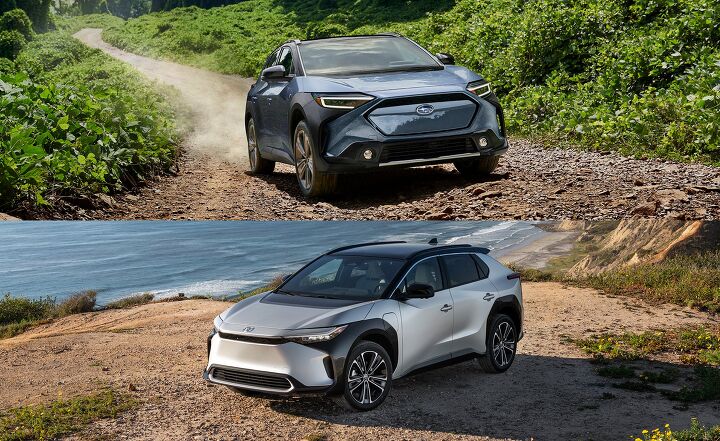
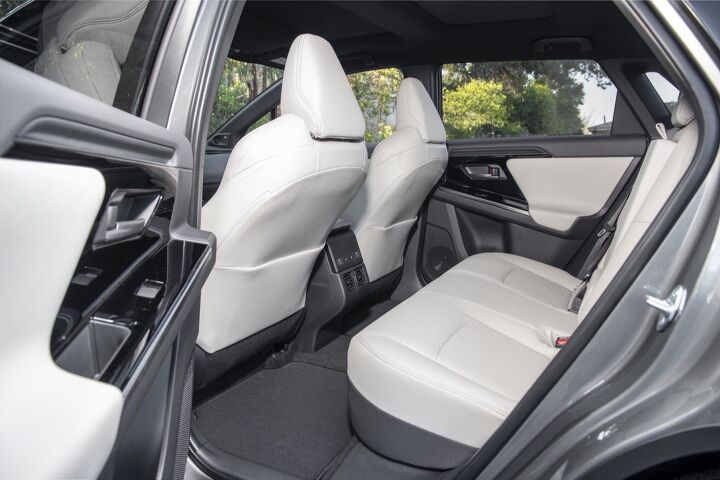





























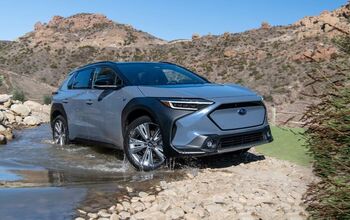
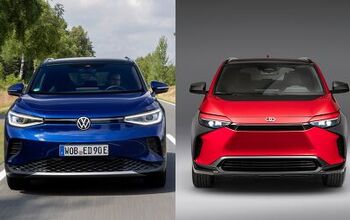

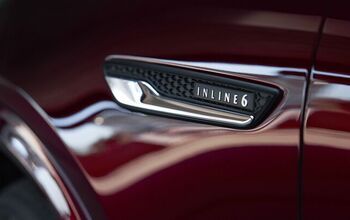

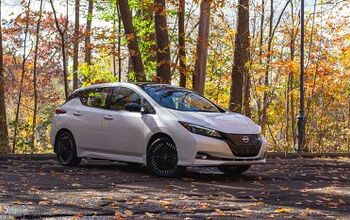




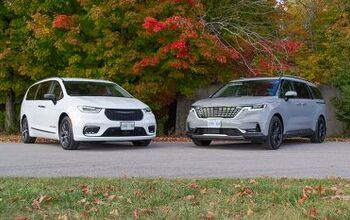

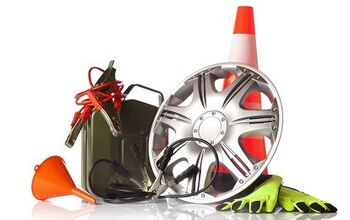
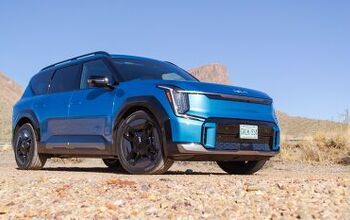
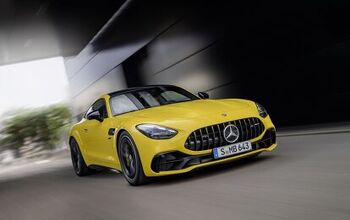
Comments
Join the conversation
Why waste an article comparing two identical cars?